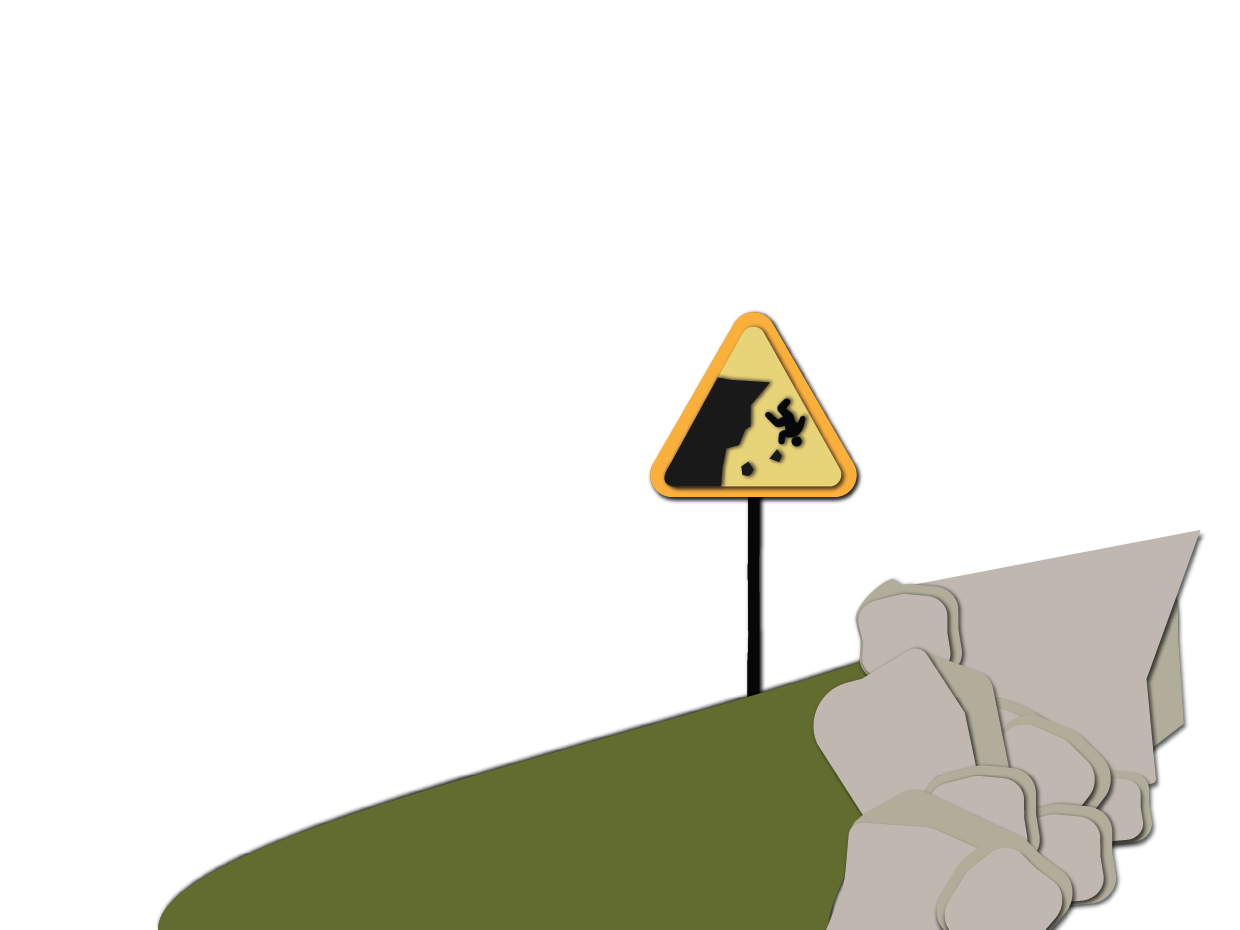Identity theft is when someone uses your personal information to commit fraud. Find out how to spot it and how to protect yourself to avoid identity theft.
On this page you’ll find
What is identity theft?
Identity theft is when someone uses your personal information to commit fraud. They may use your name, your social insurance number, your credit card number or other information to take money from your bank account, use your credit card, open an account or apply for a loan or credit card – without your knowledge.
Learn more about identity theft from the Canadian Anti-Fraud Centre.
What are common identity theft scams?
There are two types of scams fraudsters commonly use identity theft for:
1. Phishing
This is an e-mail scam to get your personal information. It looks like an email from a legitimate financial institution or an online shopping service. It asks you to verify your personal information by clicking on a link. But it’s a fake page that the scammers have designed to trick you into giving them your account, credit card or identity details.
Learn more about phishing scams and how to spot attempts.
2. Credit card scam
This phone scam aims to get the three-digit security code from the back of your credit card. This is so the scammer can use your card to buy things online. The caller will say they’re from the security or fraud department at your credit card company and are calling about a suspicious purchase on your card. They already have your credit card information – they’ll tell you your card number, the bank that issued it and your address. They may give you a badge number to identify themselves, a 1-800 number to call and a reference number to make it seem legitimate.
They’ll promise to reverse the charge to your account but you need to give them the last three numbers on the back of your card. After the call ends, the scammer will use your credit card. You won’t know anything is wrong until you look at your next statement.
The 3-digit security code printed on the back of a credit card helps validate that the customer placing an online order has the credit card in their possession, and that the credit card account is legitimate. Tips to keep your credit card safe.
How can you protect yourself from identity theft?
Take a look at these six tips to keep your personal information safe:
- Delete unsolicited emails – If you get an email asking for your personal information, delete it. No legitimate company will ask for your personal information by email.
- Never give out personal information over the phone – If the person claims they are from your bank or credit card company, hang up and call your financial institution at the number listed in the phone book or on their website to verify whether the call is legitimate. Only give out personal information if you initiate the call and you know you are dealing with a legitimate company.
- Keep your personal information safe – Keep your bank account and credit card information in a safe place. Don’t give out your passwords to anyone and don’t keep them in an obvious place like your purse or wallet. Shred or destroy anything with your account numbers on it. Avoid tossing receipts or statements into the trash.
- Be cautious when shopping online – Only enter your credit card number on secure websites that you know are legitimate. Don’t allow the site to keep your credit card information on file. Be selective about signing up for loyalty programs, contests and offers for free rewards. Your information (e-mail address, phone number, online ID) gets added to lists, which are often sold or shared.
- Report lost or stolen credit cards immediately – The sooner you report a missing credit card, the less likely it is that you’ll have to pay for any false charges.
- Review your statements each month – If you notice a charge you didn’t make on your bank account or credit card, report it to your bank or credit card company immediately.
Check your credit report at least once a year. If someone has stolen your personal information and used it to apply for credit cards or loans in your name, it will affect your credit rating.
Summary
Identity theft is when someone uses your personal information to commit fraud. Phishing and credit card scams are two common ways fraudsters use identity theft. You can protect yourself by:
- Deleting unsolicited emails.
- Never give out personal information over the phone.
- Keep your personal information safe.
- Be cautious when shopping online.
- Report lost or stolen credit cards immediately.
- Review your statements each month and check your credit report annually.
